Joan R.

Joined: 16 Mar 2007
Posts: 75
Location: Barcelona



|
 Posted: Apr 29, 2008 07:28 Post subject: The lead Mines of Bellmunt del Priorat (Tarragona, Spain) Posted: Apr 29, 2008 07:28 Post subject: The lead Mines of Bellmunt del Priorat (Tarragona, Spain) |
|
|
Just few towns of Catalonia have a story so strongly linked to mines, as Bellmunt-Priorat has. These mines are cited since antiquity, located between the village and the river Siurana, mines were already worked during the Roman times. However mining reached its maximum during the twentieth century, thus coinciding with Catalan industrialization. But lead minerals in this area have been extracted since Prehistory. Even though, history says that the mineral veins that outcrop on the floor were worked by Iberians, people who occupied much of the Iberian peninsula when the Mediterranean was the only known world, between VIth to Ist centuries BC. In addition, the region of Priorat (name given by the local carthusian priorate of Scala Dei) was one of the most important mining centers of Catalonia and the first to extract the Galena. The mining basin extends between terms of Bellmunt and El Molar, with about twenty mines. In mid-eighteenth century, the mines that had hitherto been exploited by individuals were declared publicly owned and operated until the so-called The Frenchman War or Spanish War of Independence (1808-1814). During the Carlist Wars (during the nineteenth century), the forces of the General Cabrera raided the village in 1838, and used the mineral lead to supply the ammunition factory in Miravet (Ribera d'Ebre, Catalonia, Spain).
In mid-nineteenth century, the government leased the mines and the people will recover very soon of the grape phylloxera, an insect that destroyed grapevines in Catalonia and also affected strongly the famous Priorat grapevines. Already in XXth century, the mining of lead reached its climax. In 1970, already in full decline, the mines were still occupying 200 workers, until its closure in 1972.
The Règia mine, with the brickwall mining tower and mine workshops.
Circa 1915. Post card from J. Rosell Coll.

The Mining town
During the twentieth century the mines concessionaire, Minas del Priorato S.A., a set of houses was built to accommodate workers and their families which were arriving from other mining Spanish areas, mainly from Andalucía. La “Casa de las Minas” (the mining house), a majestic and modernist style building that can be visited, dates from 1905 and it was designed to accommodate the directors residence, offices and company laboratory. As the mining industry was thriving more workers were arriving, so it was necessary to build new mining colonies, expanding significantly the town of Bellmunt. These new sets of houses were rising at different stages until the 60's, constituting an important mining core that followed the model of industrial colonies already entrenched in Catalonia. Many of these miners’ houses have been re-purchased and rehabilitated.
The Eugènia Mine
This large mine was one of the most important mining kernels in the basin of Priorat, due to its great size, about 14 km (8.7 miles) of underground galleries down to -620 m., and its performance extraction. In front of the mine one could see the old factory buildings for the treatment of minerals, where they obtained lead ingots.
Nowadays all the Eugènia mine can be visited with interesting elements such as a mining tower (which belonged to the Renania mine), the engine room, floating concentrator plant, the foundry and its chimneys, the workshops... All this area forms the Museum of Bellmunt del Priorat Mines. Following the visit you can see a photo exhibition on daily life in the mine and beyond. The Eugènia mine can be accessed through a first level at -35 meters with a distance of approximately 700 meters through the oldest mine galleries.
Millerite acicular crystals, partially covered by green Morenosite, on a matrix rich
of Chalcopyrite, from Eugènia Mine. Visitors could enjoy a thick nickel mineral vein
on the top of the first gallery of this mine
Specimen size: 4 x 4 x 2,8 cm. Coll. Jordi Fabre. Photo: Fabre Minerals.

Close to the Eugènia mine there are more mines where one could collect minerals: Règia Mine (Regal Mine), Antiga Règia Mine (Old Regal Mine), Mineralogia Mine (Mineralogy Mine), Linda Mariquita Mine (Pretty Ladybug Mine)... In these mines, including Eugènia, we can find even more characteristic minerals in the area (we emphasize that in the area had been identified more than 120 species): Galena, Cerussite, Anglesite, Dolomite, Calcite, Baryte, Chalcopyrite, Malachite, Azurite, Ankerite, Millerite, Morenosite, Polydymite, Siegenite, Siderite, Silver ...
We can still easily find some of these minerals on the dumps, some of which have been removed for reuse ores.
| Description: |
Millerite and Siegenite. Eugènia Mine.
Specimen size: 4 x 3,5 x 3,5 cm.
Jordi Fabre Collection.
Fabre Minerals Photo. |
|
| Viewed: |
10523 Time(s) |
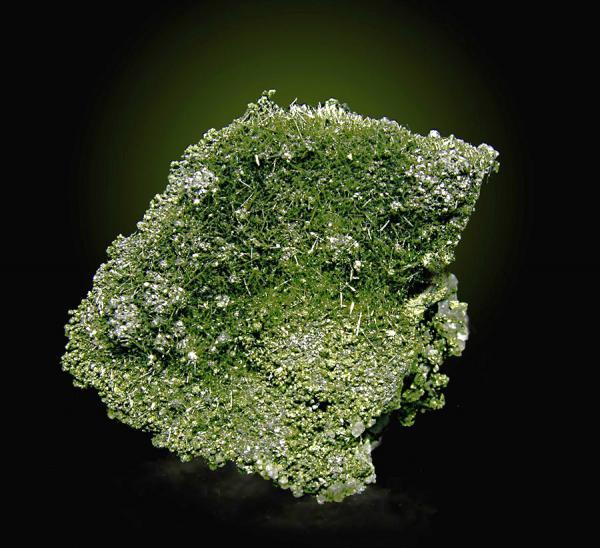
|
| Description: |
Nice Galena crystal formed by the faces of the cube and the octahedron. On Dolomite matrix. Règia Mine.
Specimen size: 3,5 x 3 x 2,5 cm.
Jordi Fabre Collection.
Fabre Minerals Photo. |
|
| Viewed: |
10540 Time(s) |
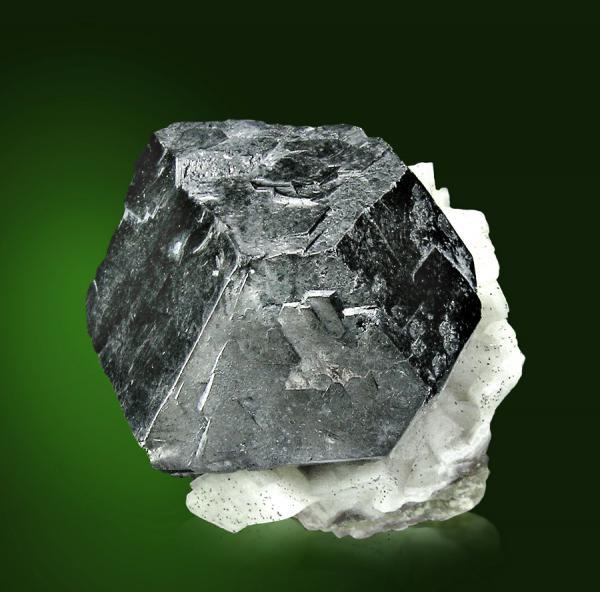
|
| Description: |
Tabular Baryte crystal, partially covered by small crystals of Pyrite. On a Dolomite white crystals matrix. Règia Mine.
Specimen size: 8 x 6 x 1,8 cm.
Jordi Fabre Collection.
Fabre Minerals Photo. |
|
| Viewed: |
10488 Time(s) |
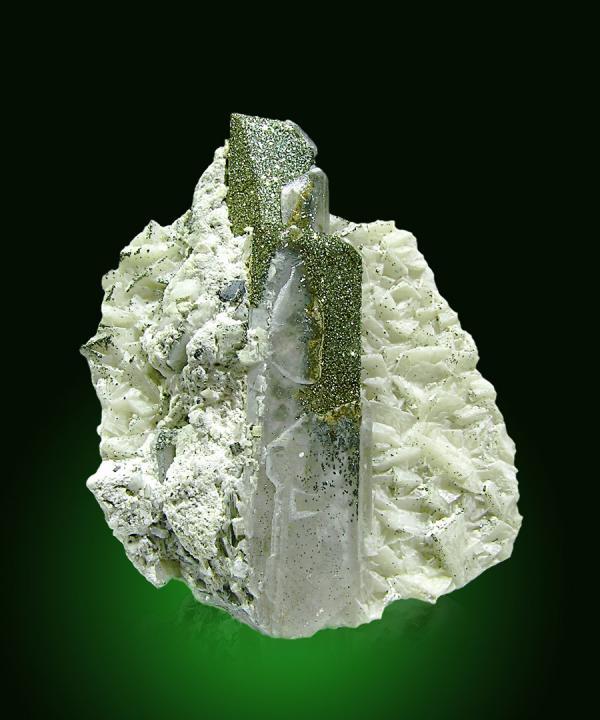
|
| Description: |
Galena and Sphalerite on Dolomite. Specimen collected in 1927. From the not so well known Espinós Mine.
Specimen size: 5,5 x 4,5 x 3,4 cm.
Jordi Fabre Collection.
Fabre Minerals Photo. |
|
| Viewed: |
10511 Time(s) |
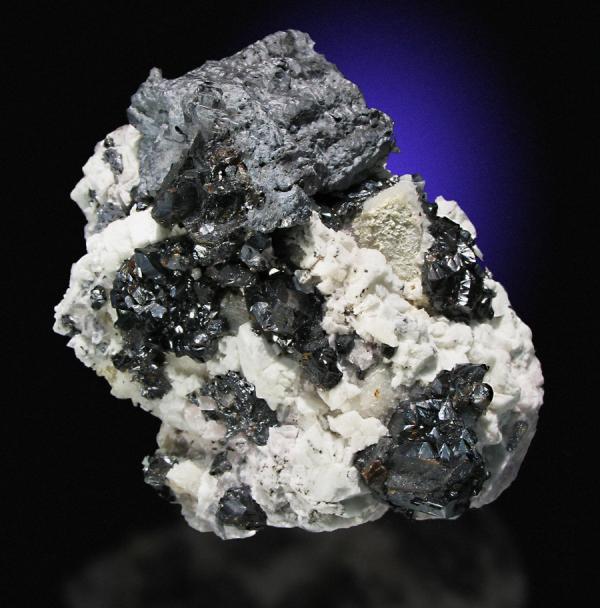
|
| Description: |
Anglesite crystal on a matrix of Galena. Excellent transparence and luster (for the locality). This specimen comes from the Mineralogia Mine.
Crystal size: 2 x 1 x 1,2 cm.
Jordi Fabre Collection.
Fabre Minerals Photo. |
|
| Viewed: |
10522 Time(s) |
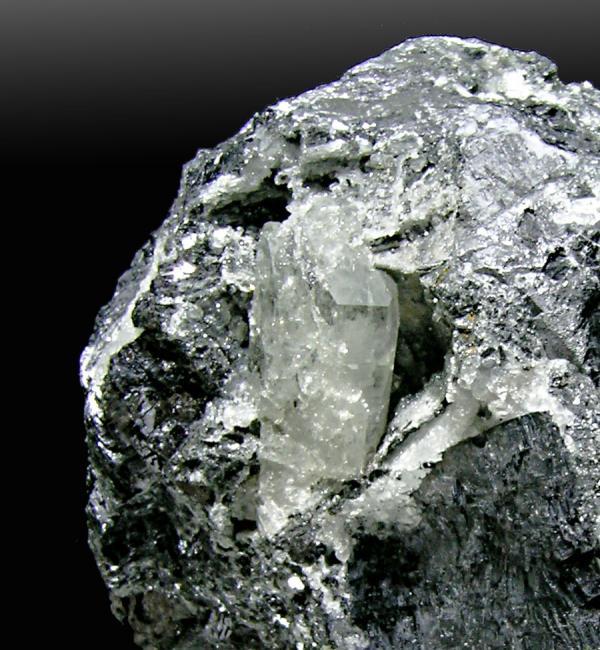
|
_________________
Joan Rosell
lengenbach(.)com
Grup Mineralògic Català |
|




